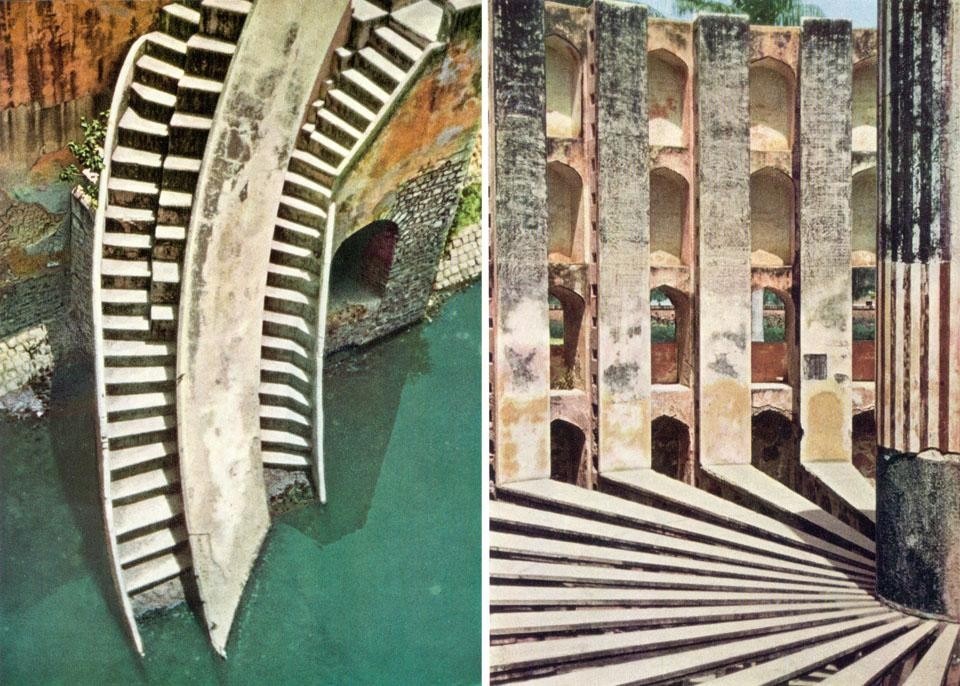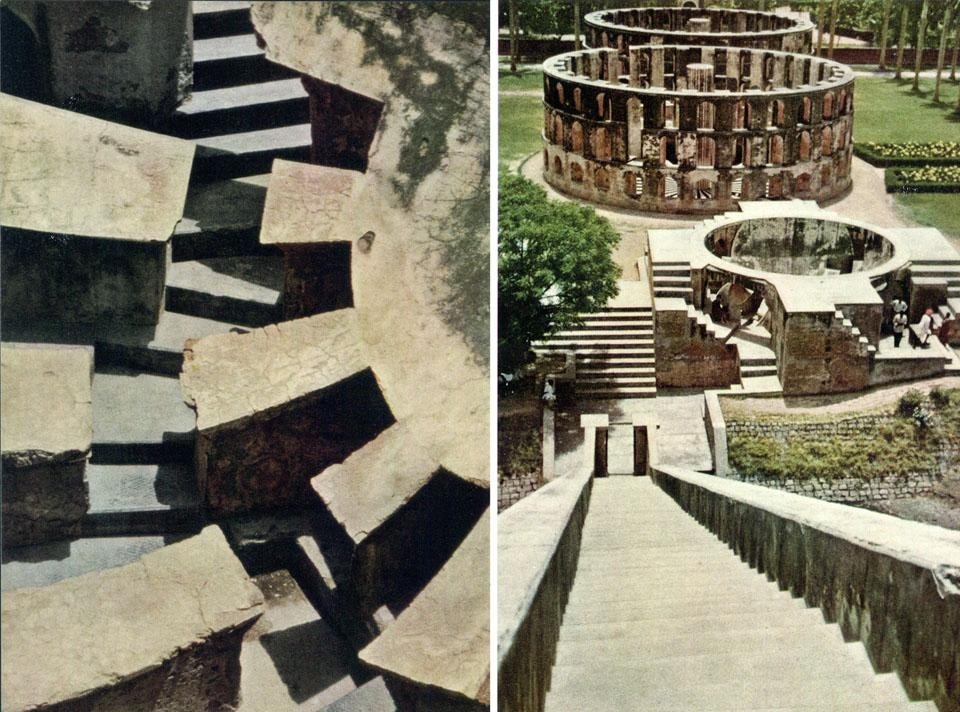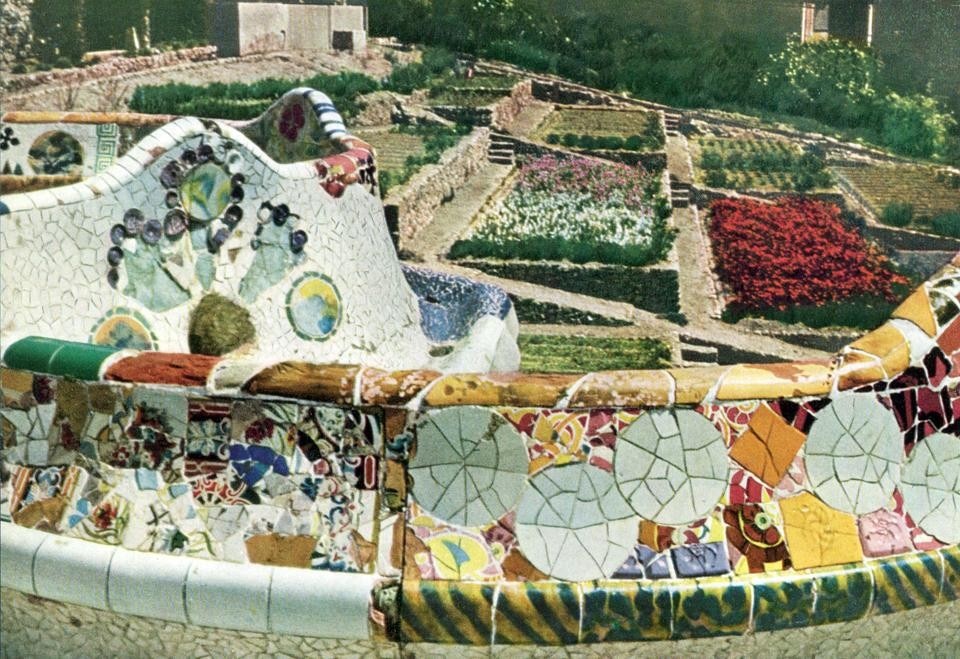From every point of view, Barcelona and Bangkok have very little in common. The climate and topography of the two cities, the physiques and temperaments of their inhabitants could not be more different. And despite the leveling influence of Western civilization, even the works and objects, both Spanish and Siamese, have nothing in common. Especially the architecture. With one exception: Gaudí seems to create a multicolored bridge between East and West, in which he gives reign to his personal world of forms, as in the Casa Mila roof and Park Guell; his imagination is prodigiously oriental. It's as if his personal flying carpet transported him from the rigor of a Spanish city to a fantastic world of visual excitement.
The relationship between some of the Siamese temples and the tortured "excrescences" of Gaudí's buildings appears even in the minute details, such as the use of ceramic tiles, or rather fragments of broken pottery, broken glassware, all used with great freshness. But Gaudí's mosaics are flat and the compositions are a bit random, almost like patchwork rugs.


There is no doubt that their non-utilitarian quality augments their indefinable charm. These walls contain only voids. The stairs lead to nowhere. The architecture plays with architecture.

Bernard Rudofsky


